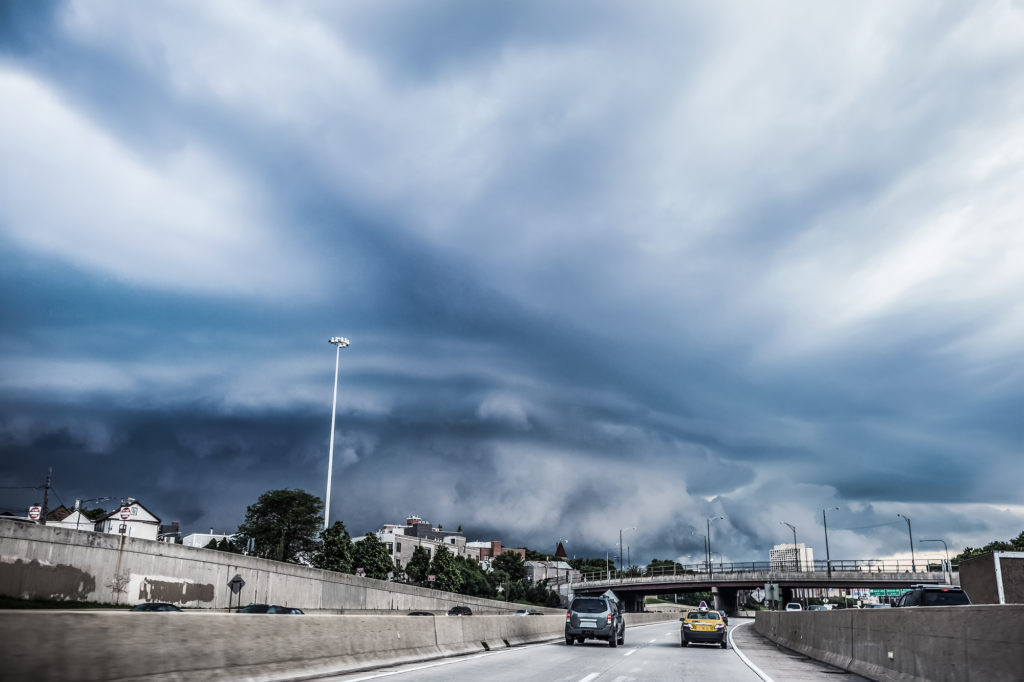
I just completed a pairing with a young and talented first officer. After a long and arduous six years, it was his last trip in the right seat. First Officer Tom Jones is going to captain school. Congratulations! But, as he powered down his tablet and wound up the cord to his David Clark headset, he asked a disturbing question, “Where do you go to check the weather, Captain”? My retort? “Haven't you been checking the weather yourself over the last six years?”
First Officer Jones obviously hasn't read my very first contribution to Aero Crew News (December 2018). So, this month’s contribution is a more dignified response to his question than the one lurking in the inner sanctum of my mind.
Produced by our very talented and educated friends at the Aviation Weather Center, www.aviationweather.gov is sanctioned, legit and best of all, free! My guess is that you won’t get into trouble for referencing it before a flight. This website is a proverbial one-stop shop for a wealth of weather information and products.
My focus, as we approach the unruly and unsettled months of spring and early summer, will be convection. I encourage you to examine the other features of the site, too. As you learn more about weather and this website, you will be better able to correlate the various products and elements of weather into a picture that you can use for better pre- and in-flight decision making.
But back to convection! As a starting point, I encourage you to begin your hunt for convective weather by using the Storm Prediction Center's (SPC) Convective Outlook page. Take my word, this is a source for all sorts of useful convective weather information. The SPC's Convective Outlook Page can be found toward the top of the www.aviationweather.gov website. Under the tab, FORECASTS, select Convection. You will find SPC Convective Outlooktoward the lower right. Click it!
Just by finding this forecast product, my job is really done – I don’t need to explain much more. It's pretty self-explanatory. But hey, I have a job here! In graphic format is a depiction of areas that are expected to be harbingers of thunderstorms. Additionally, textual discussion is provided below the picture. The graphic, by the way, is interactive. Click the top tabs (labeled Tornado, Wind and Hail) to see what happens to the picture.
Rather than explain every aspect of this product, I encourage you to explore. One thing I would like to impart; countless times, over the course of many years of referencing this page, I have found it to be reasonably to very accurate in its predictions. I can even admit to trading and exchanging trips based on what I saw. (Keep that our secret!) This weather product is very useful and accurate.

I do encourage you to click away and see the results of your actions. Integrate this weather product/website into your routine. Discover its intricacies. To get the most from it:
- Be sure to read the textual discussions below the graphics. Not only are they useful, they are educational as they introduce and/or explain weather terms.
- The graphical depictions of thunderstorm risk can be broken down into percentage and hazard risk. Think of them as bulls-eyes for tornado, wind and hail risk (in addition to less threatening thunderstorms).
- From this weather product alone, you will have access to a mine of other weather products that you should find very useful.
By all means, tinker around this website to get to know it. My goal here is to introduce it to you and in future articles, I will expose you to specific aspects of the website and various weather phenomena. Since convection is a nemesis of airplanes, I’ll focus on its aspects in future articles.

























































































































